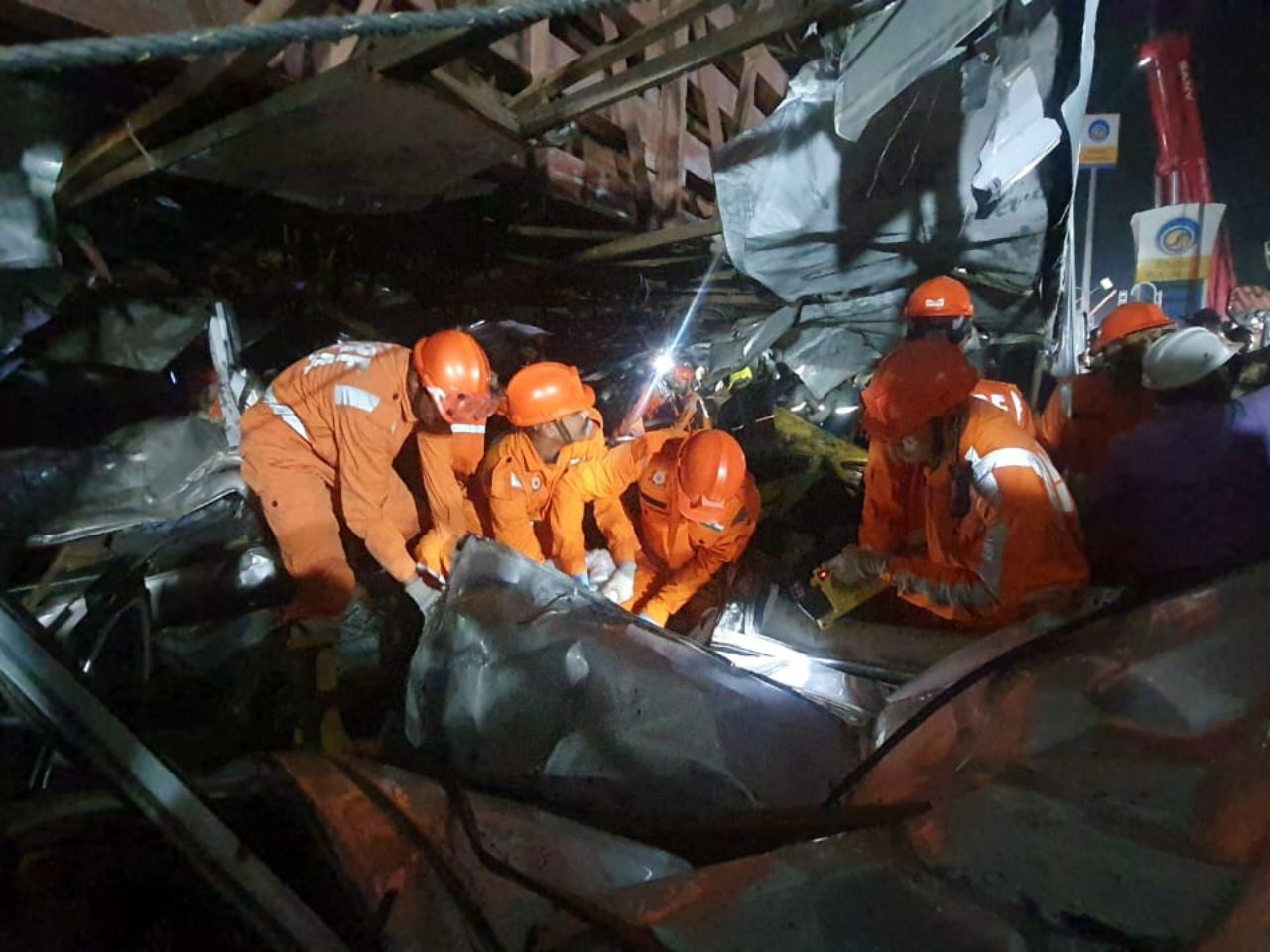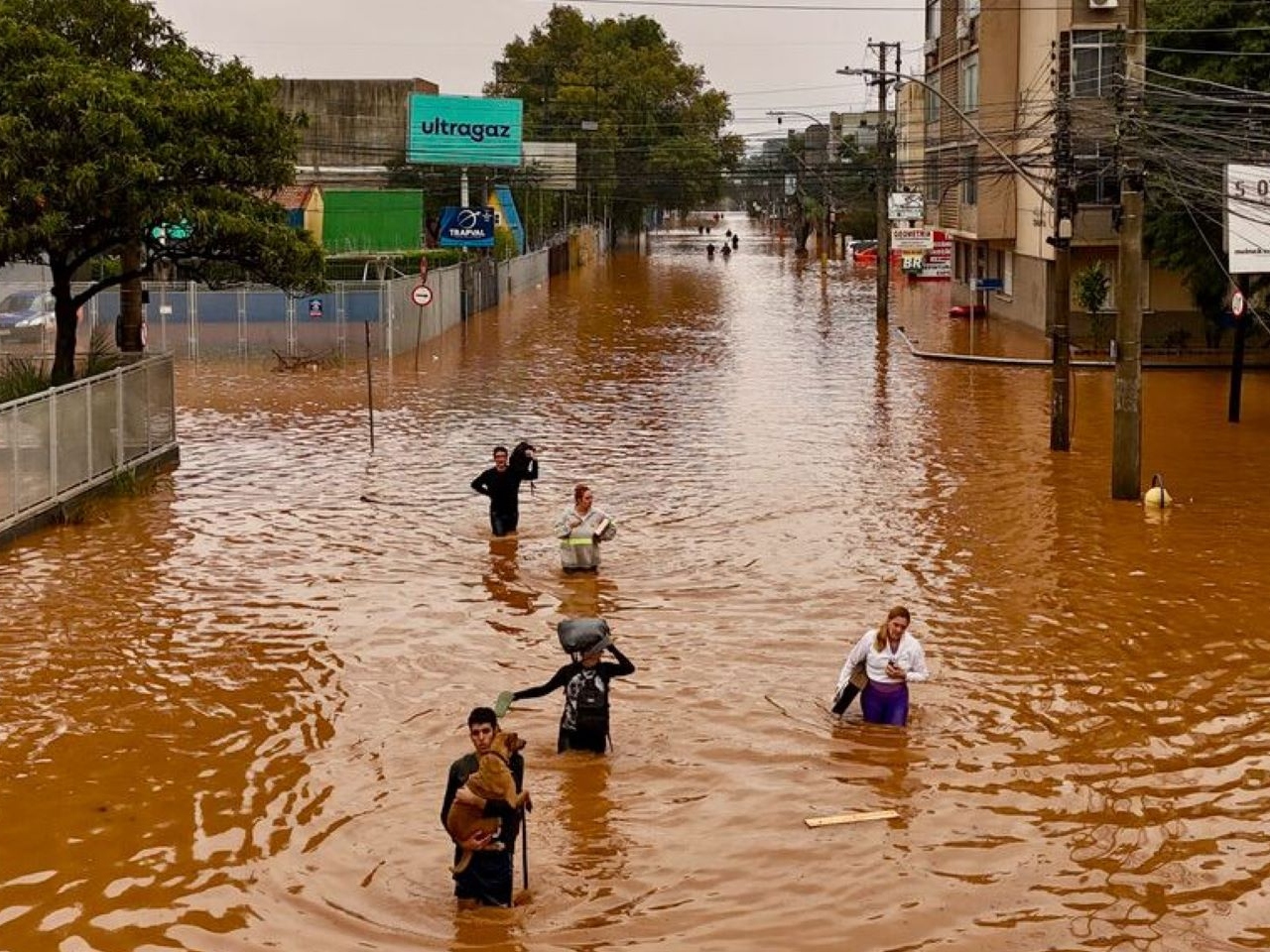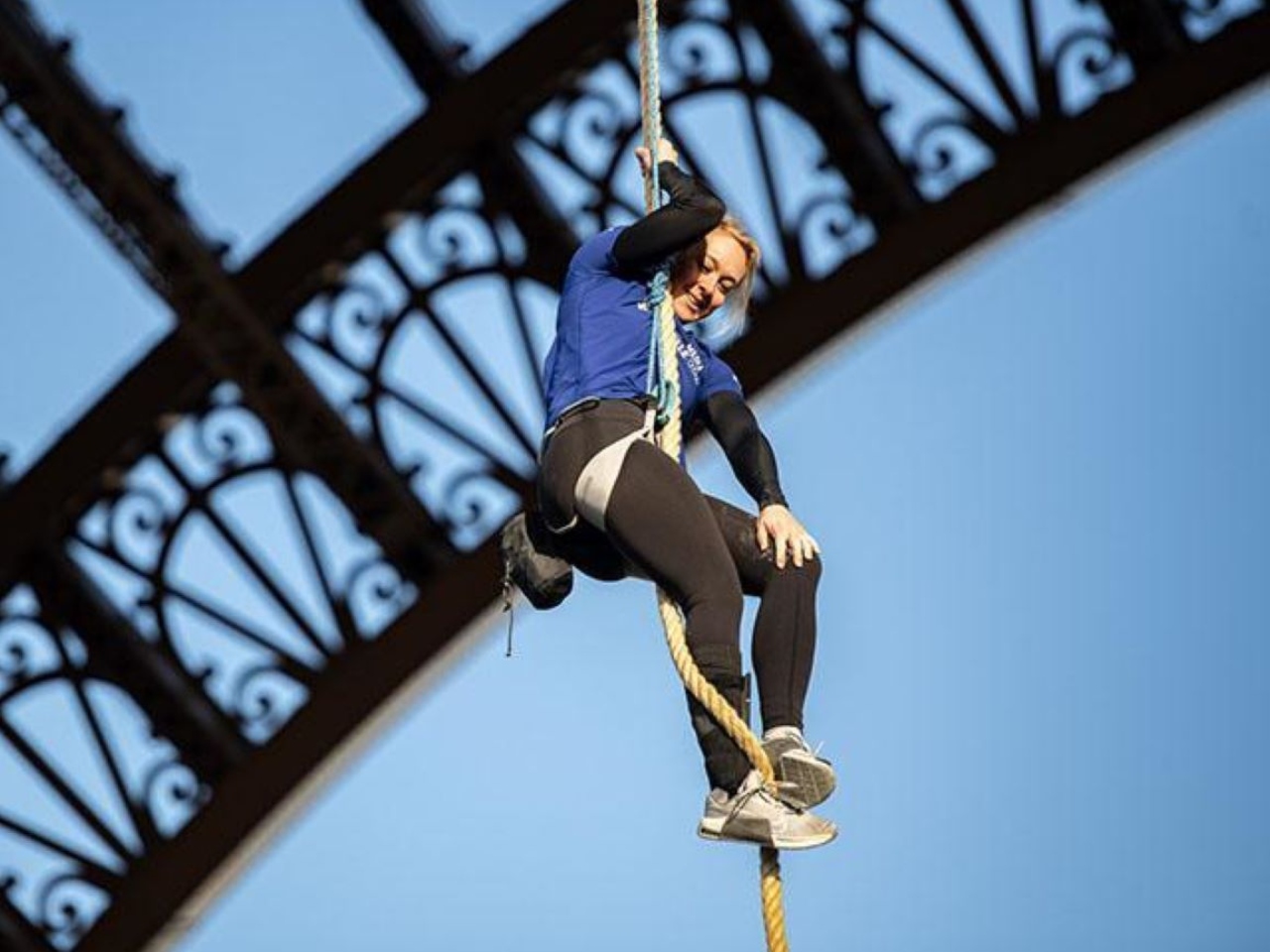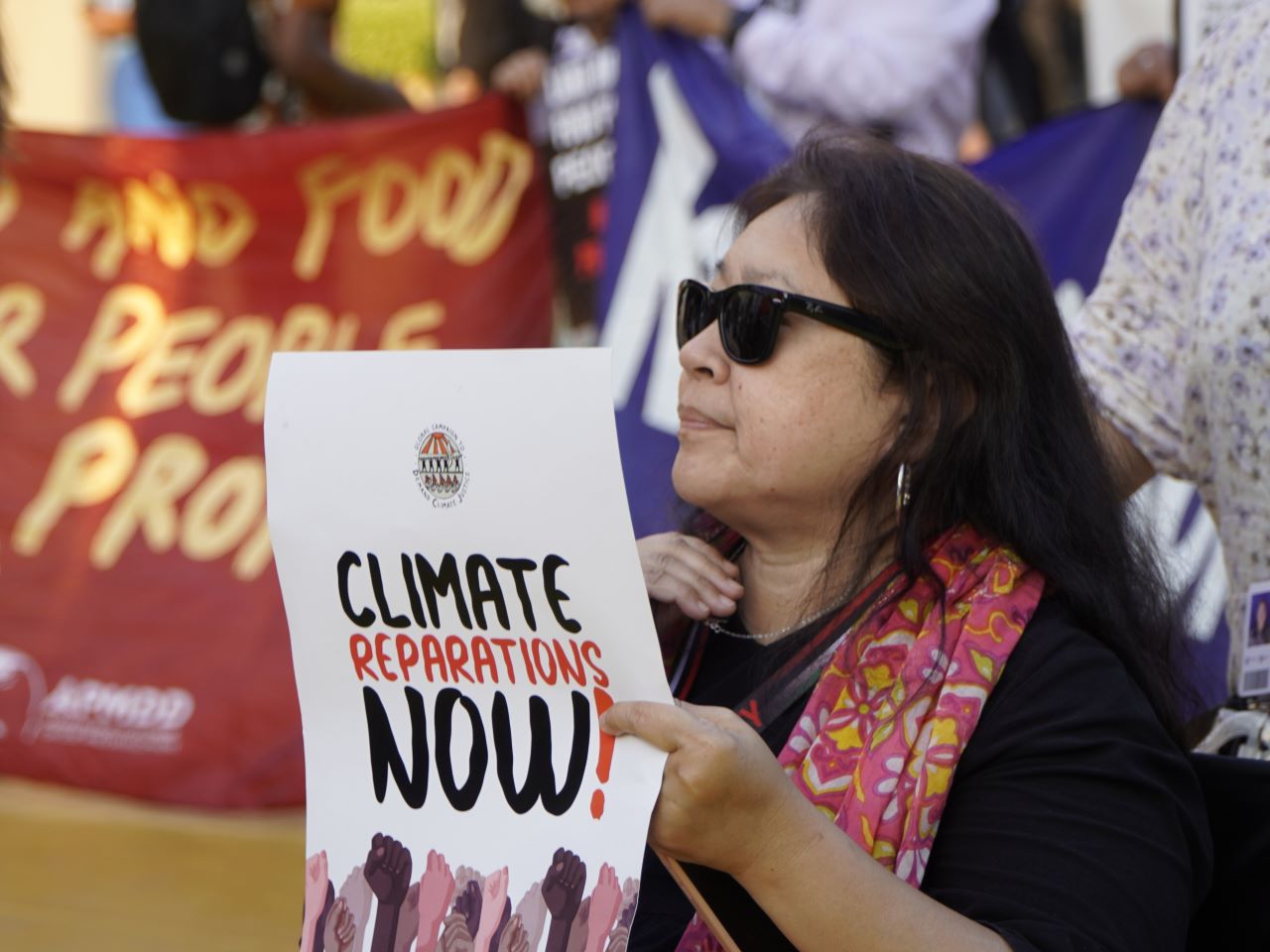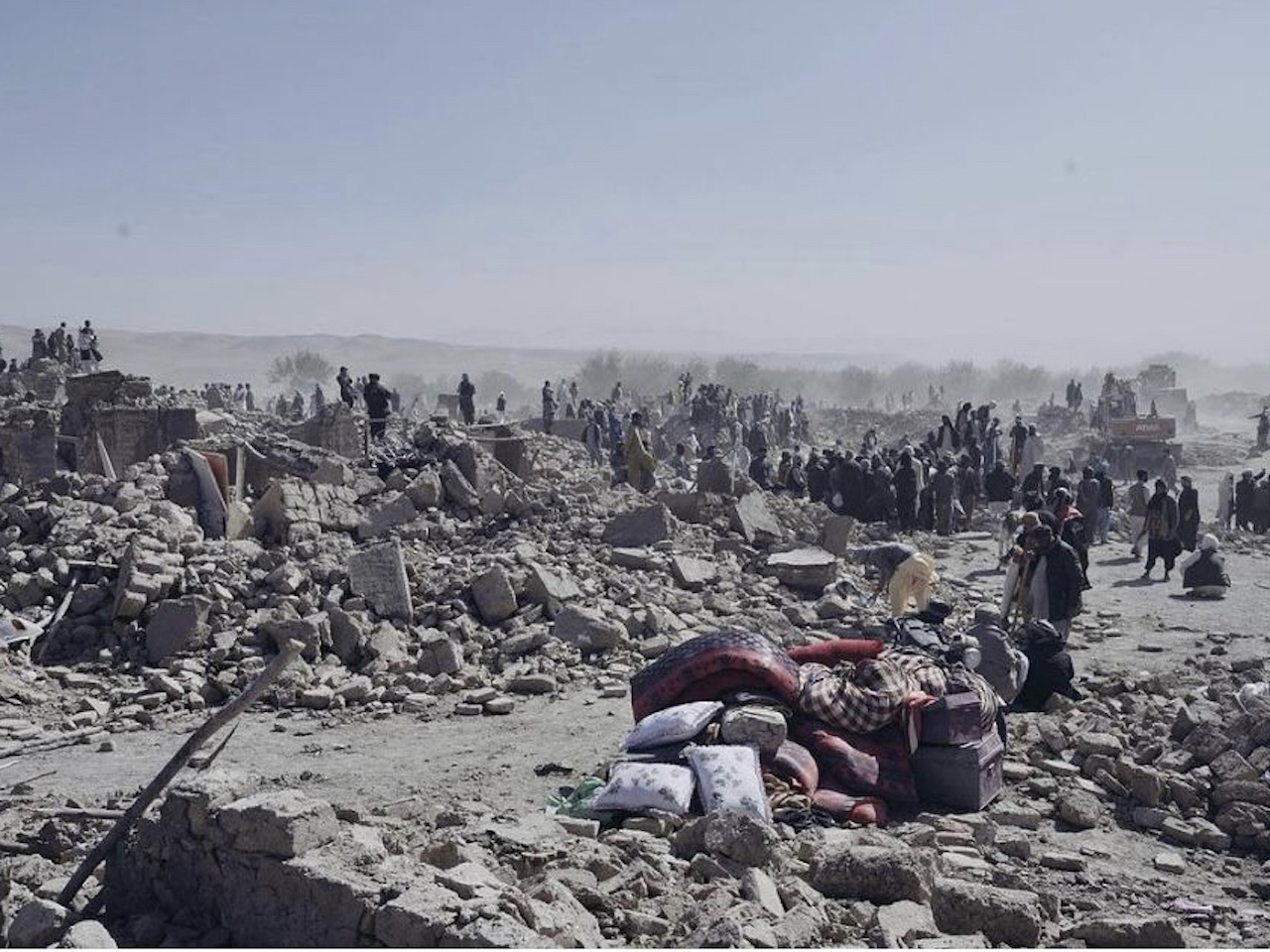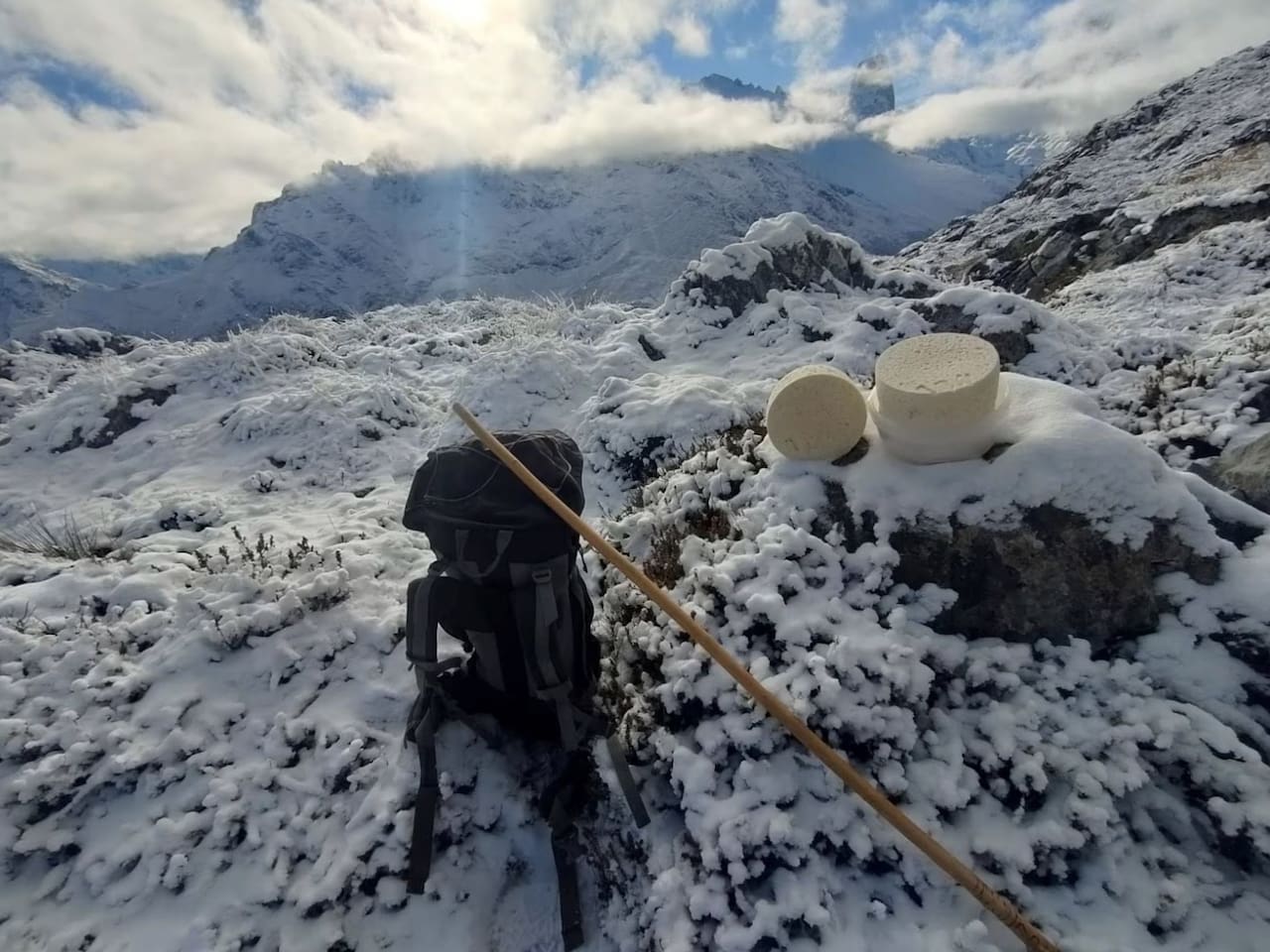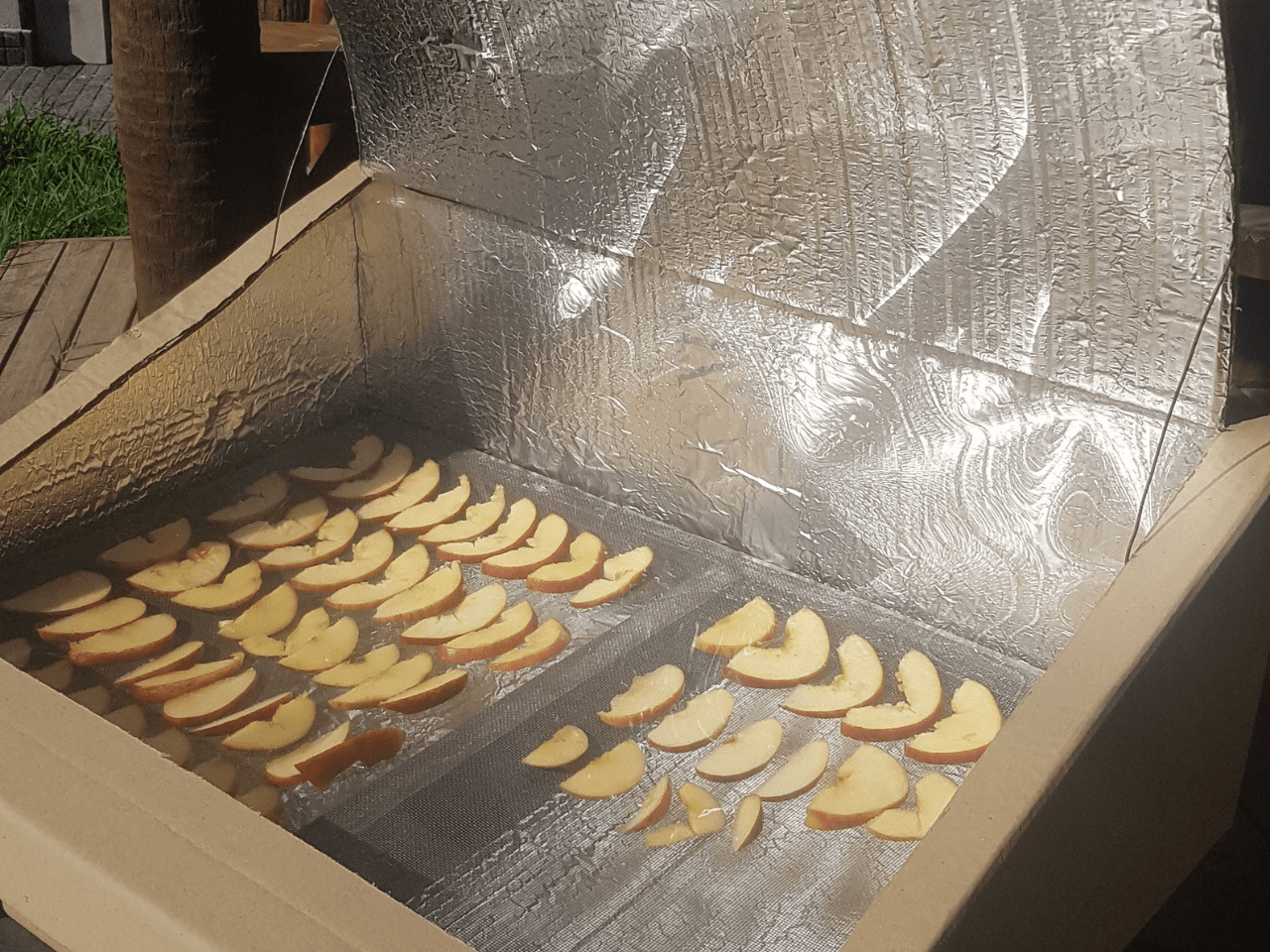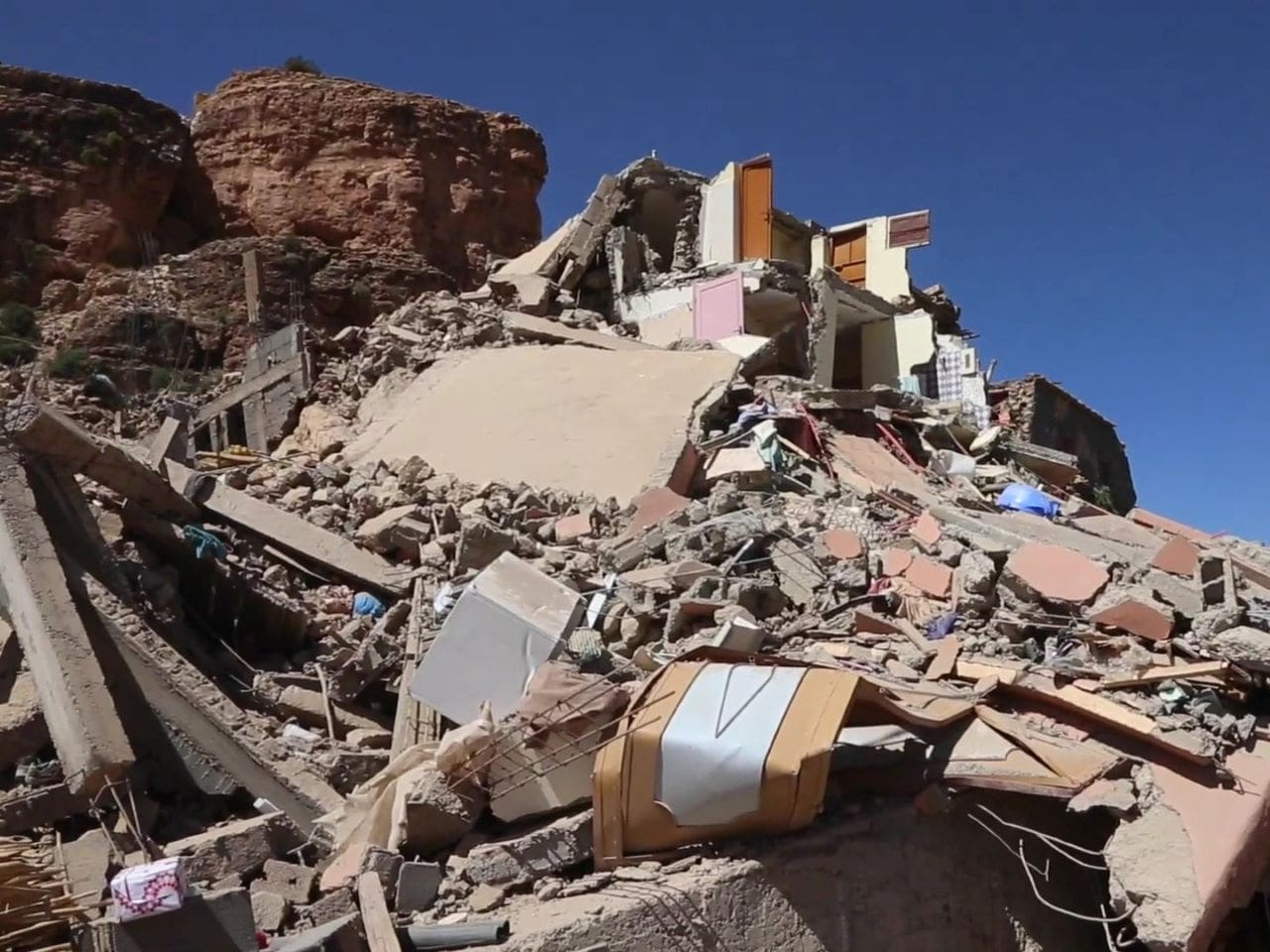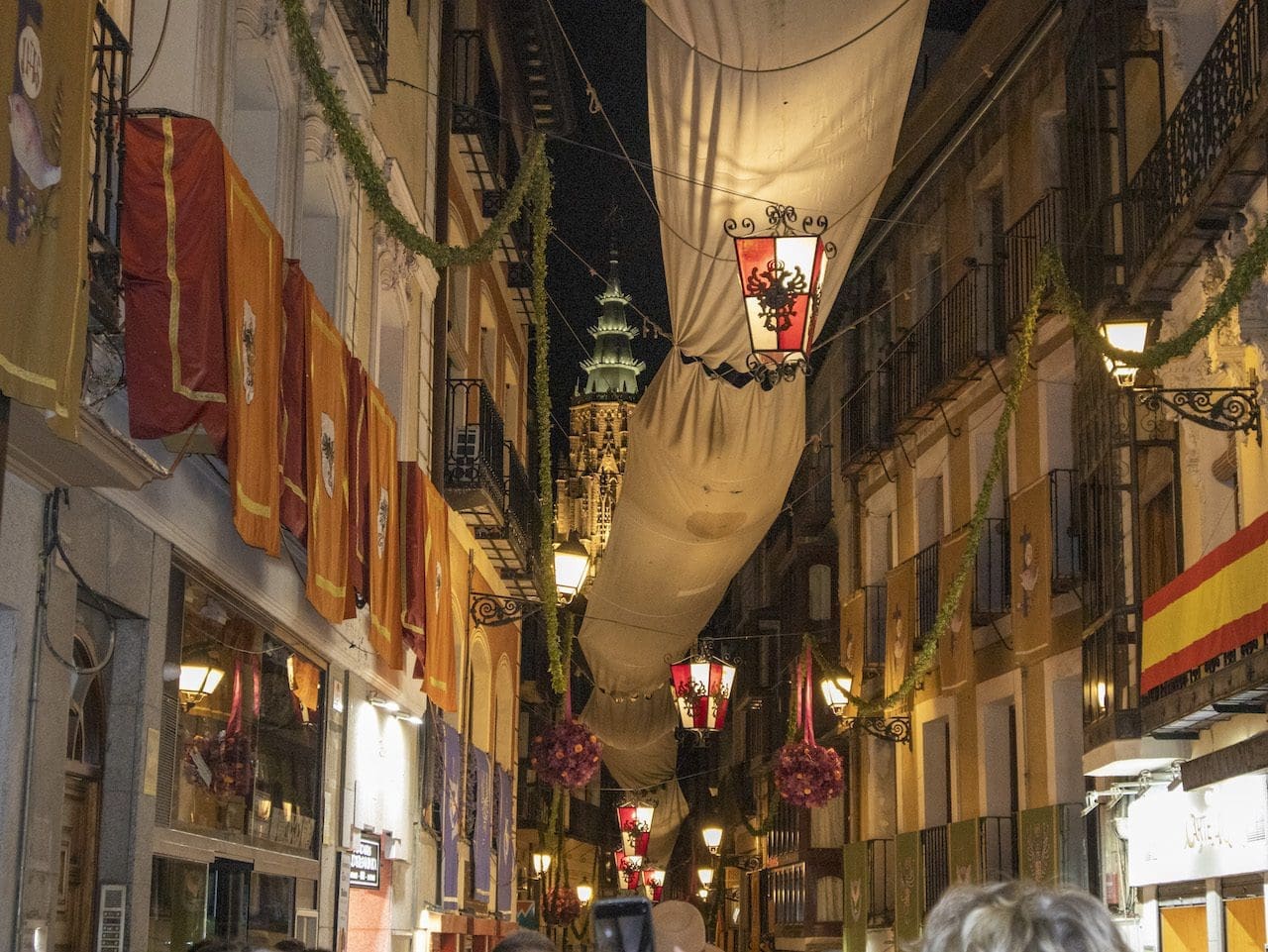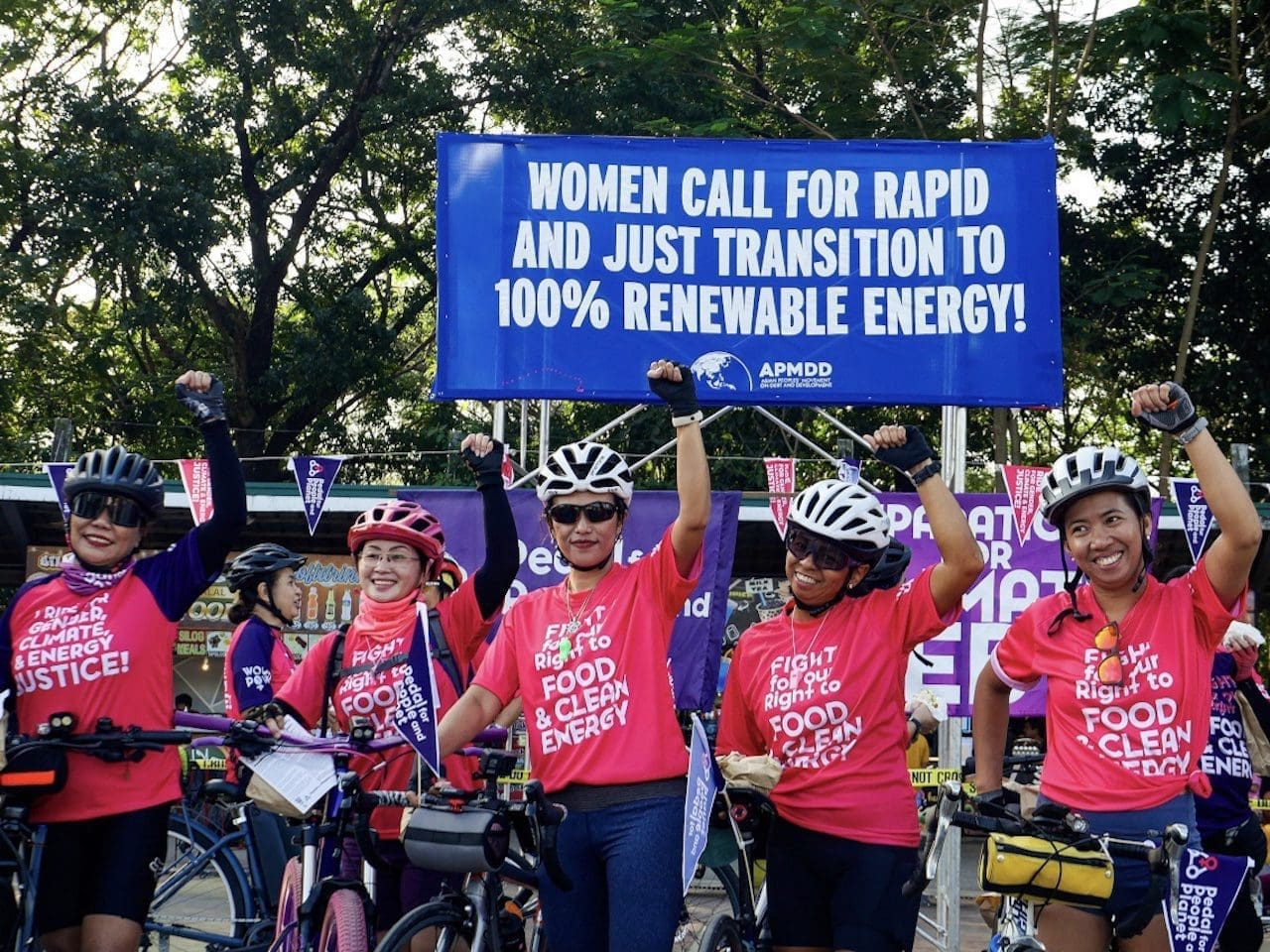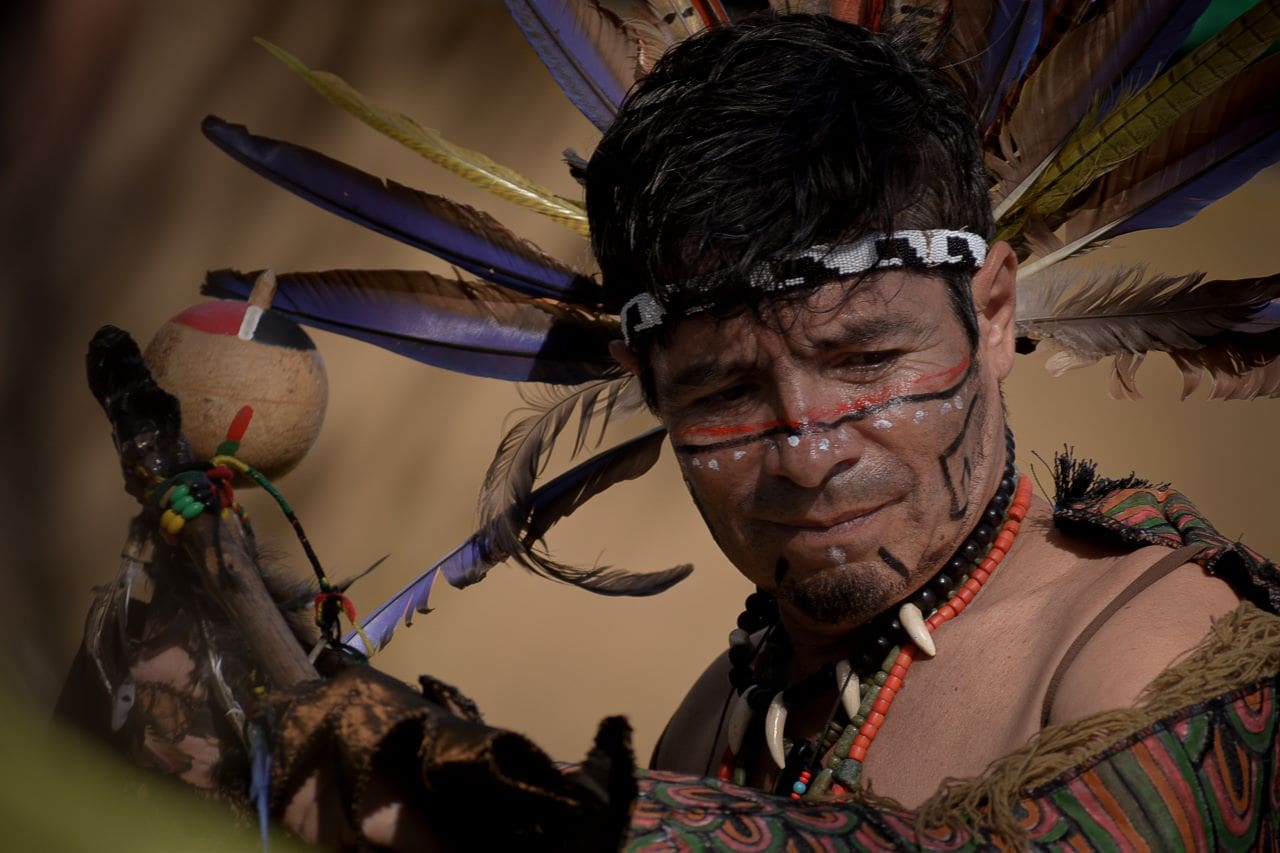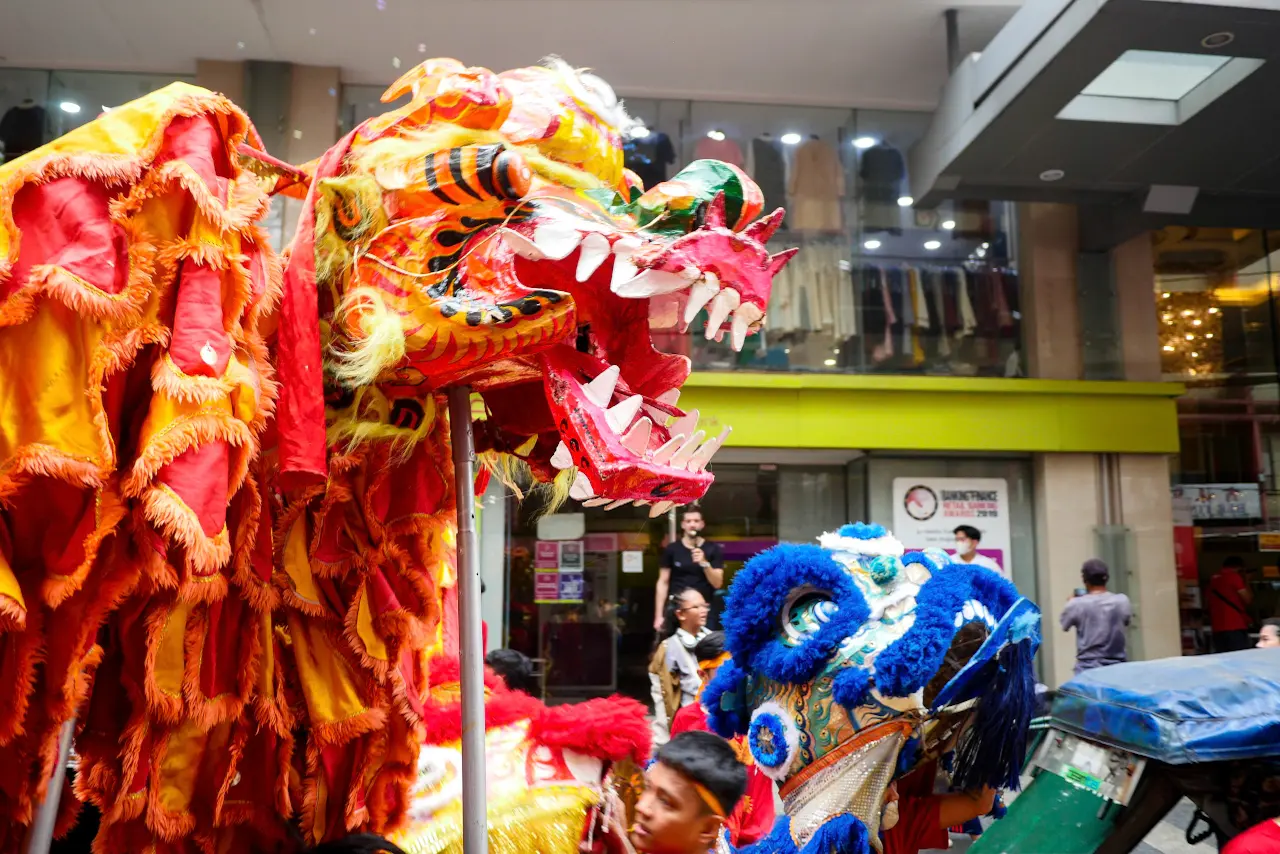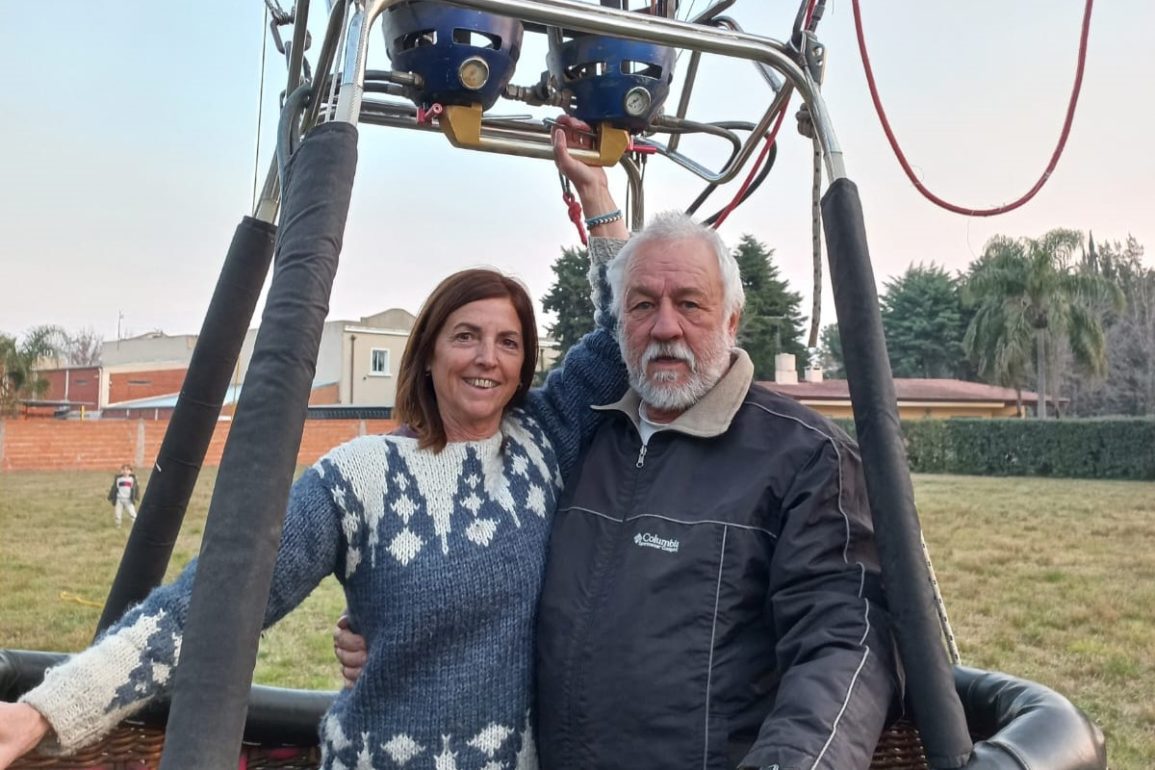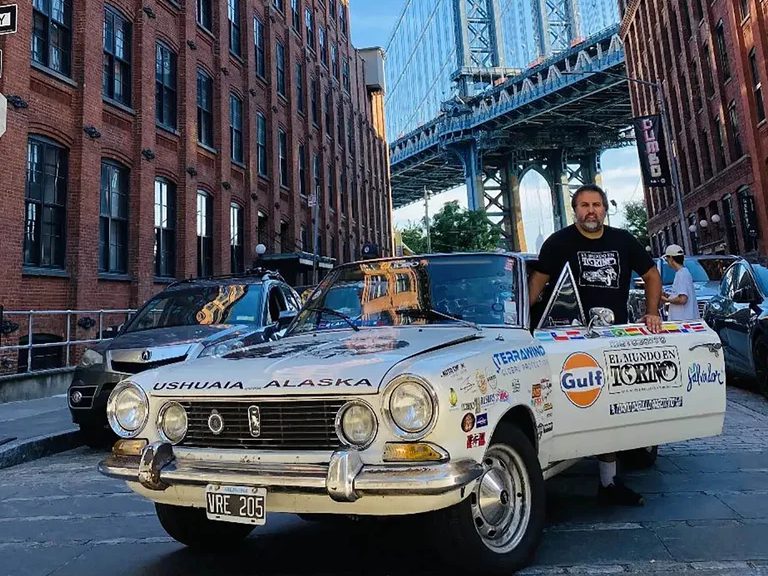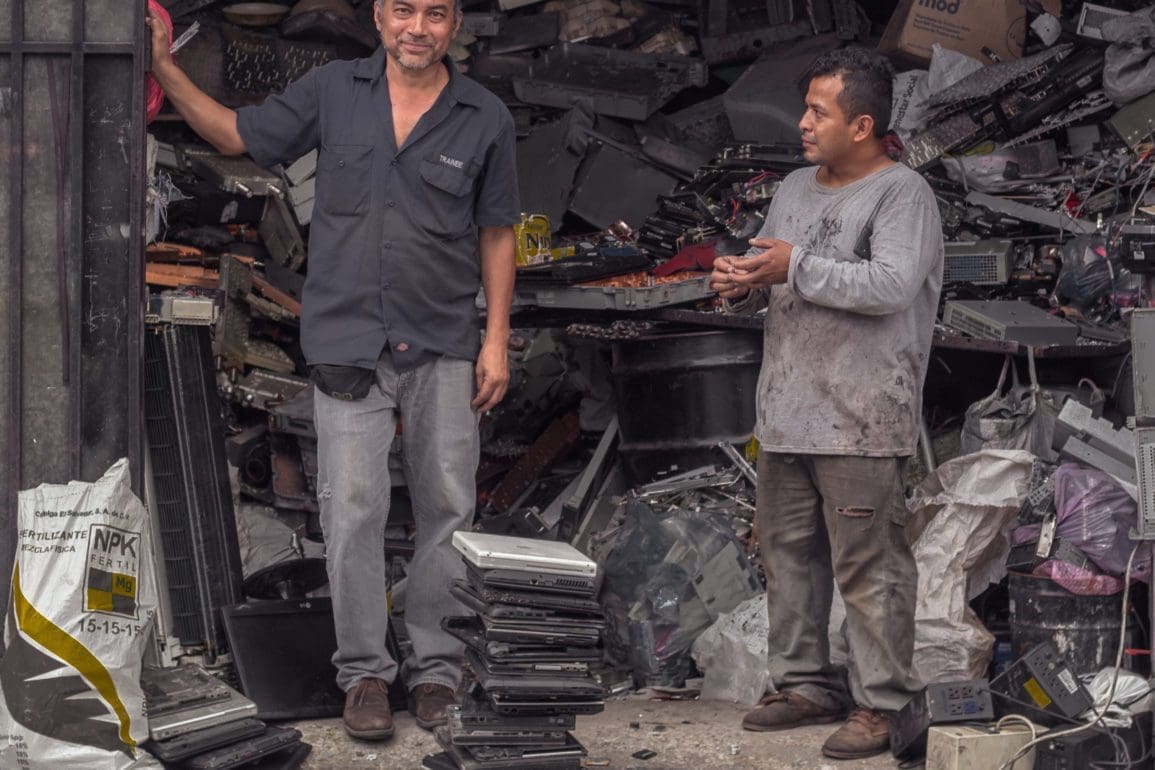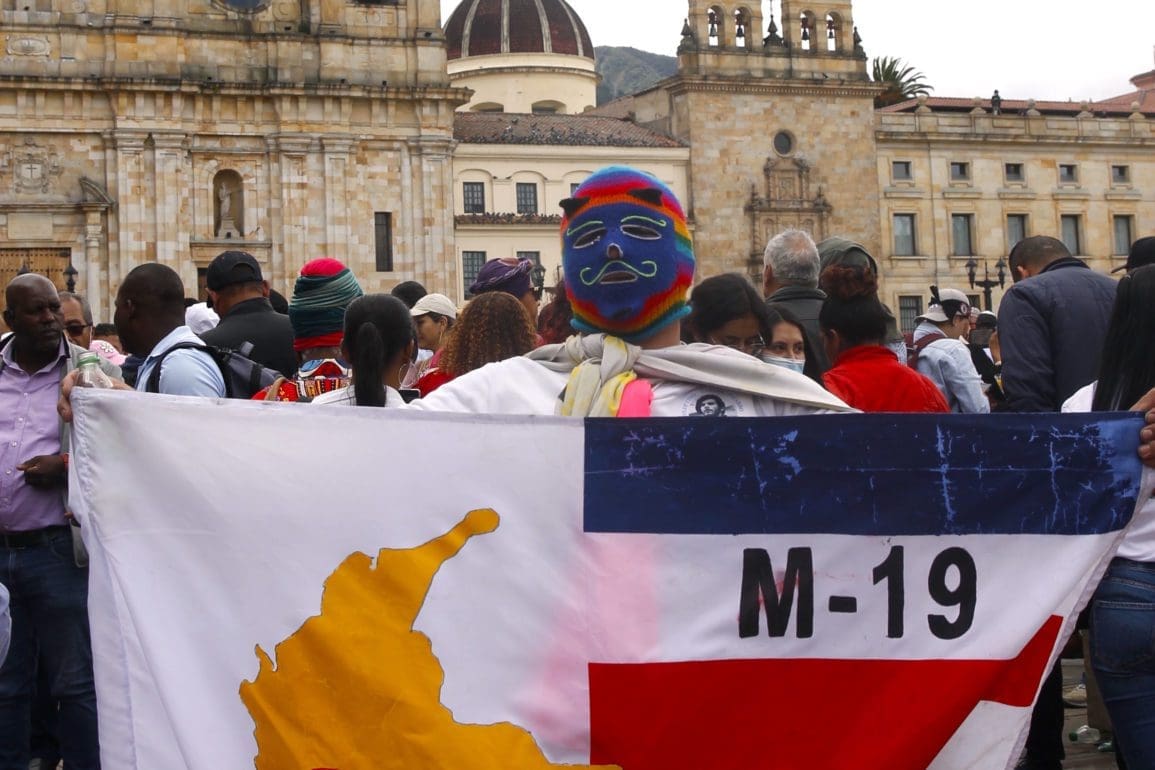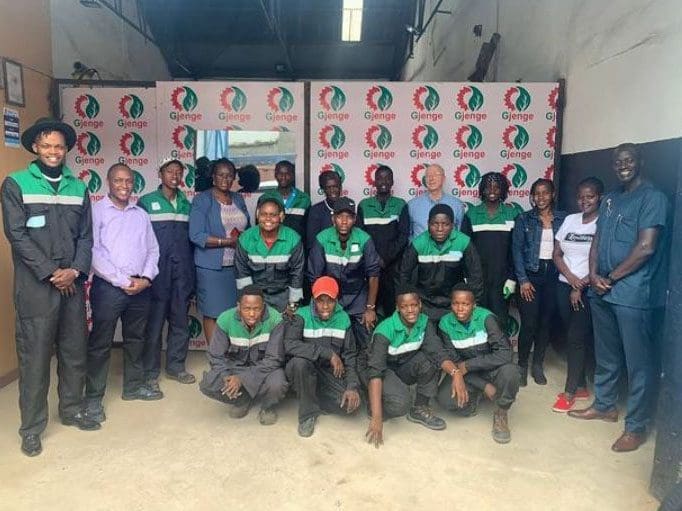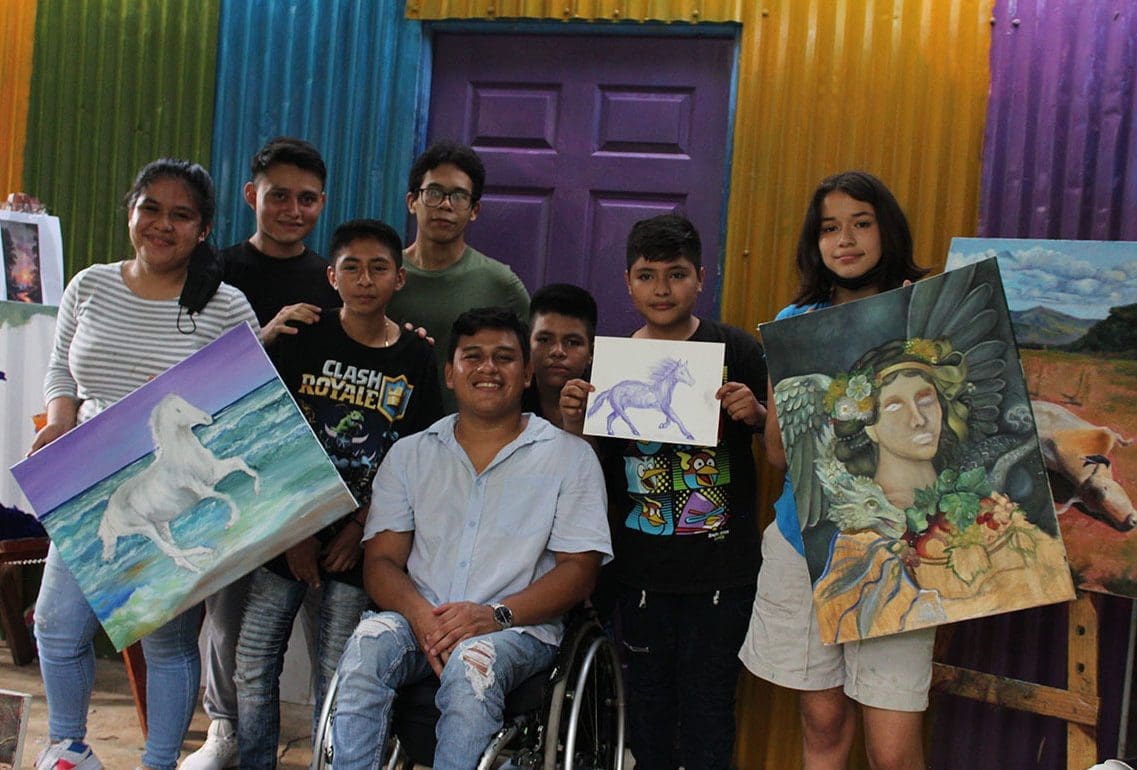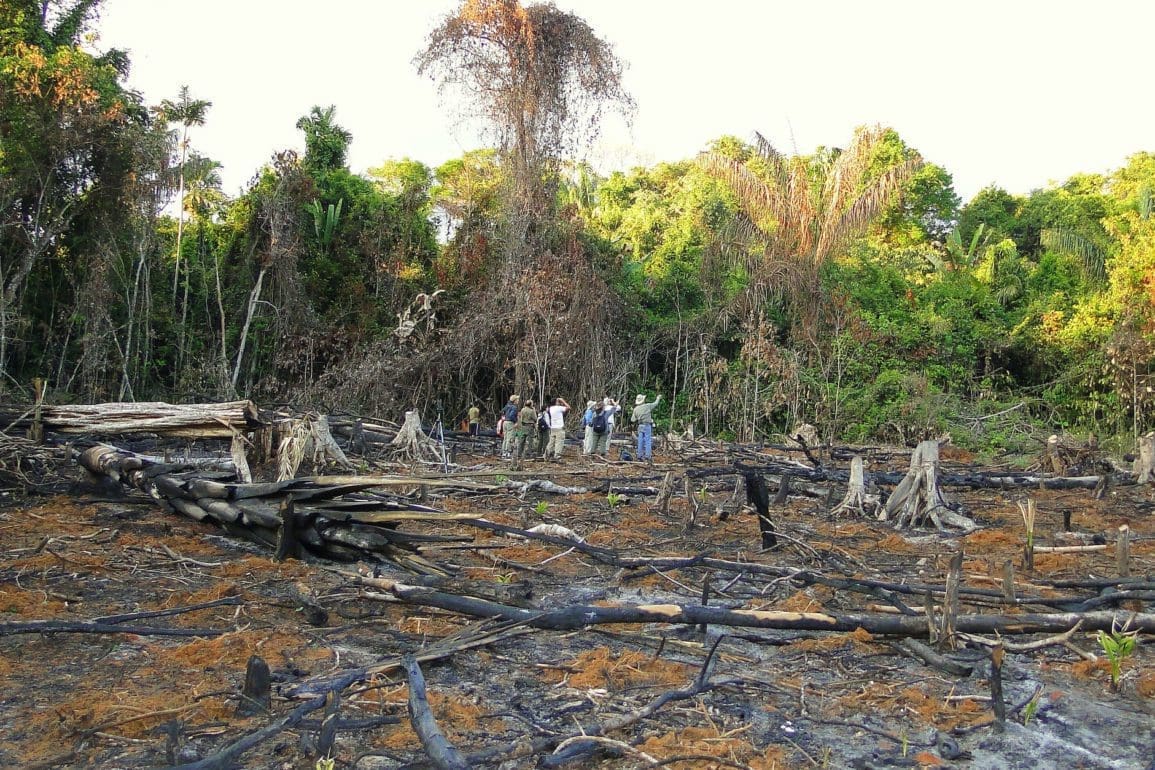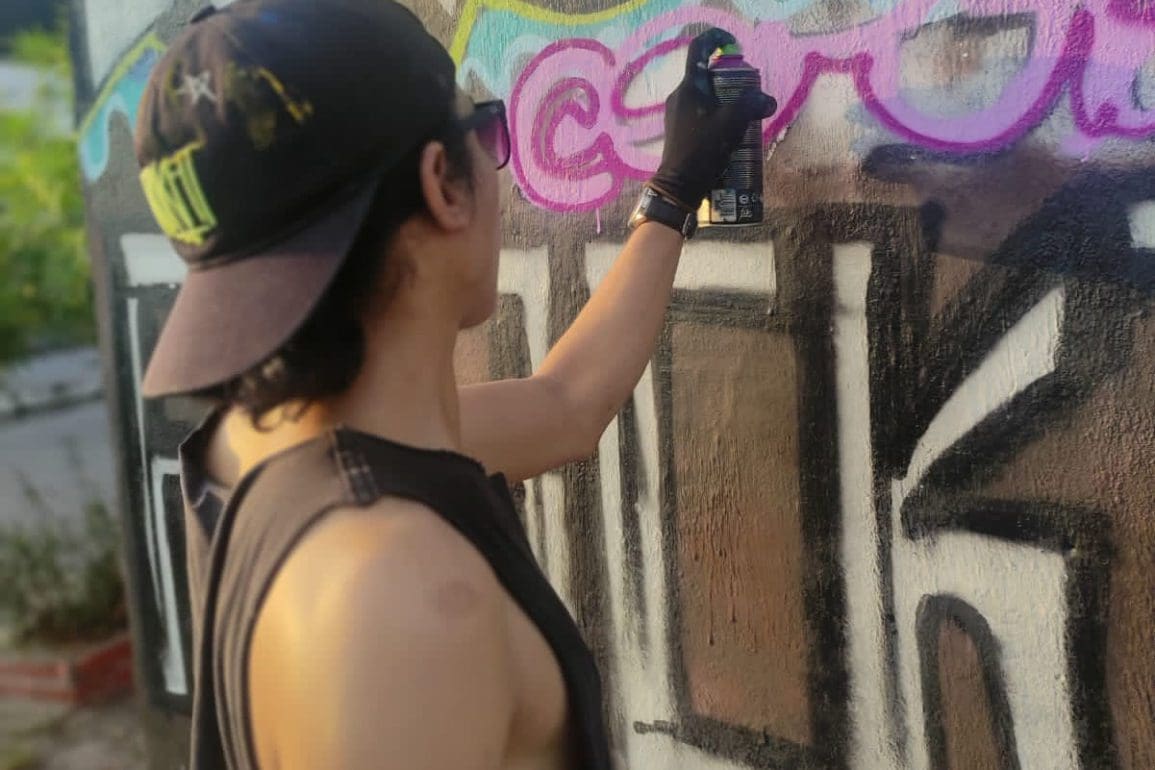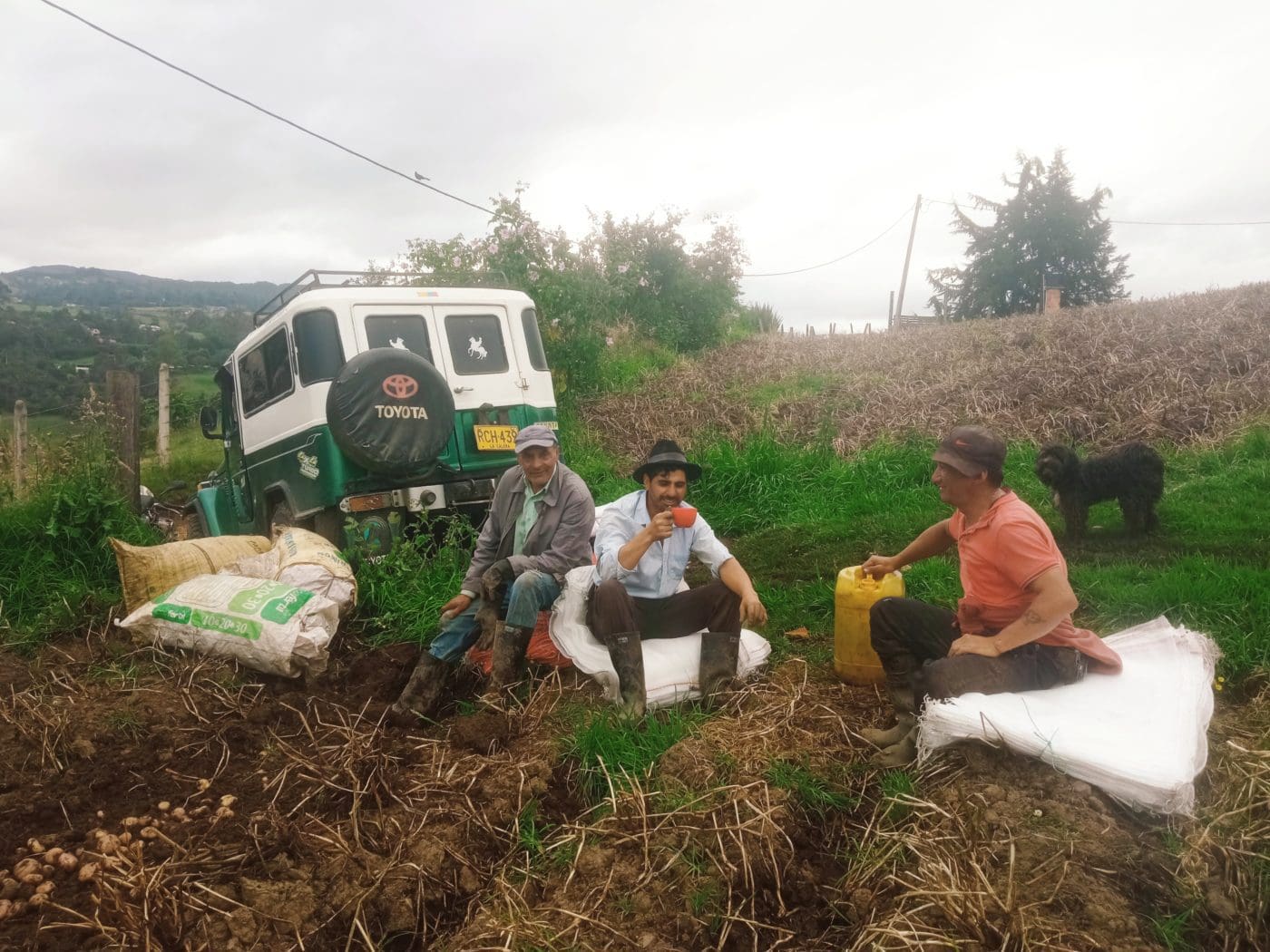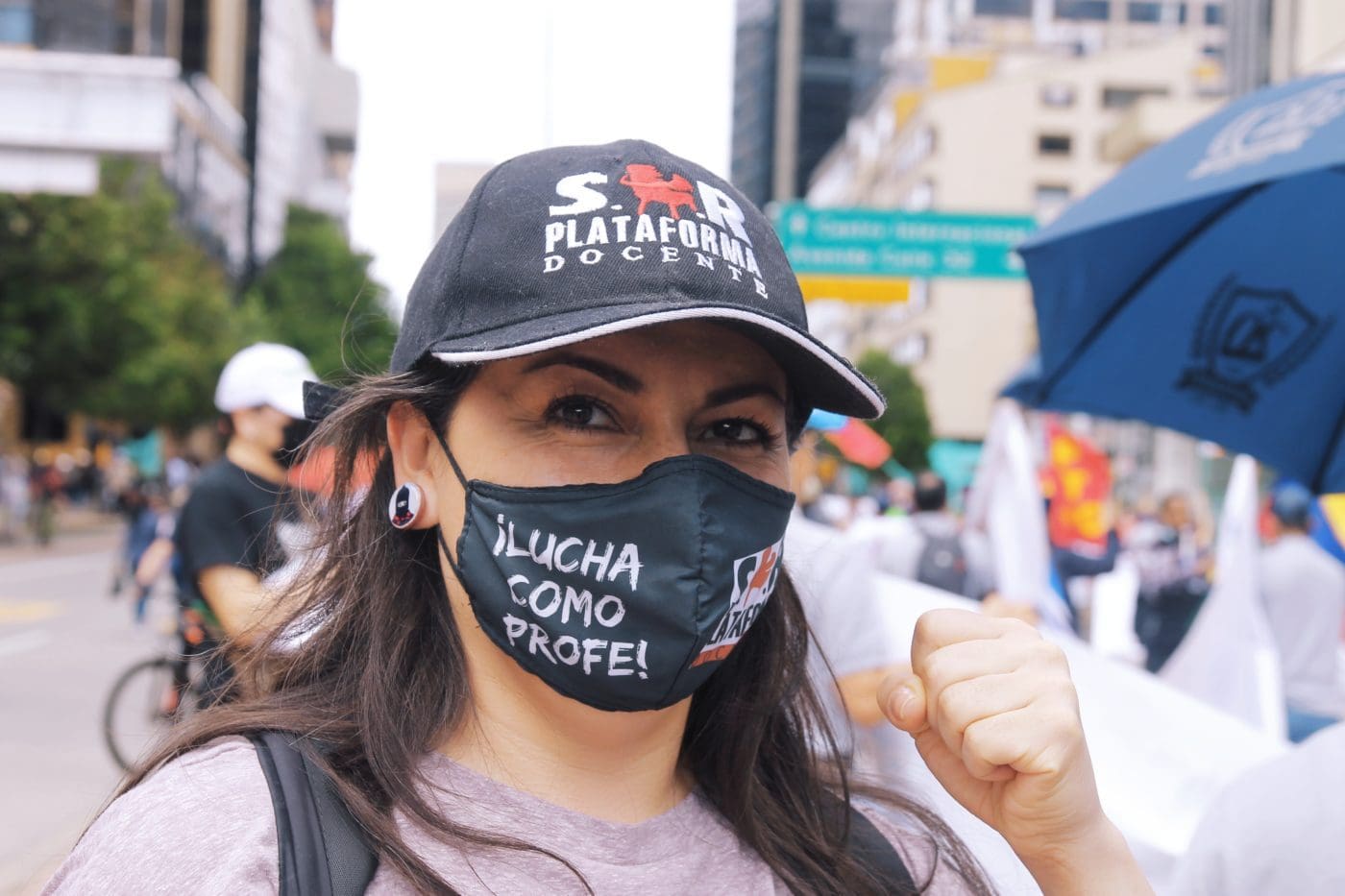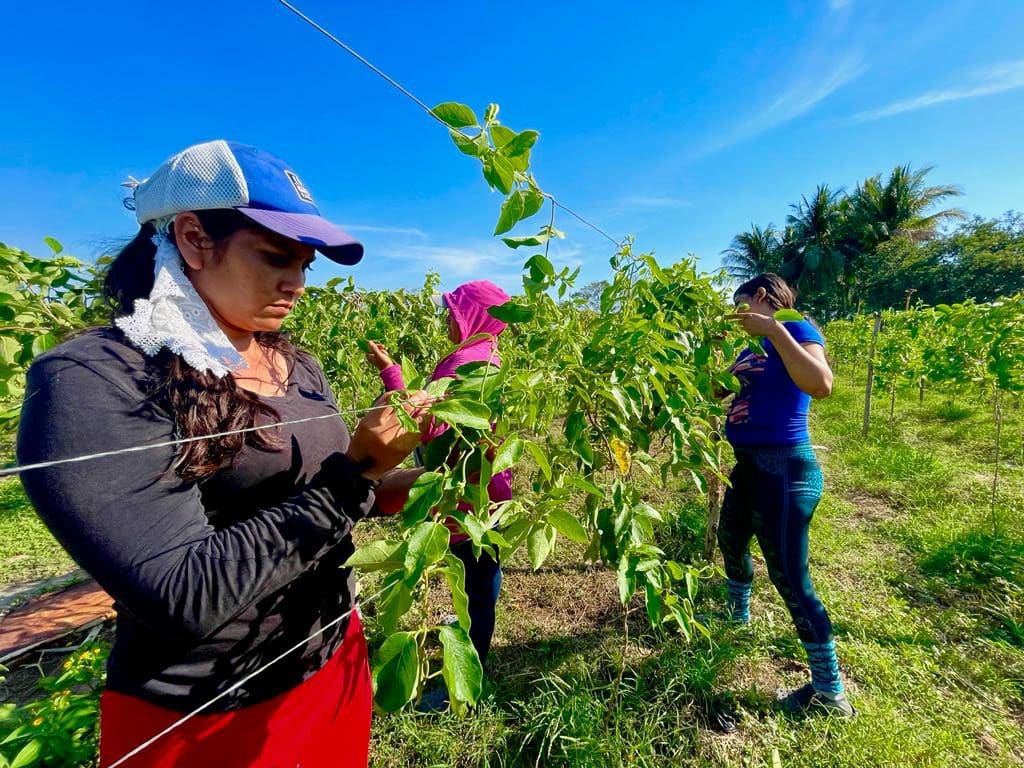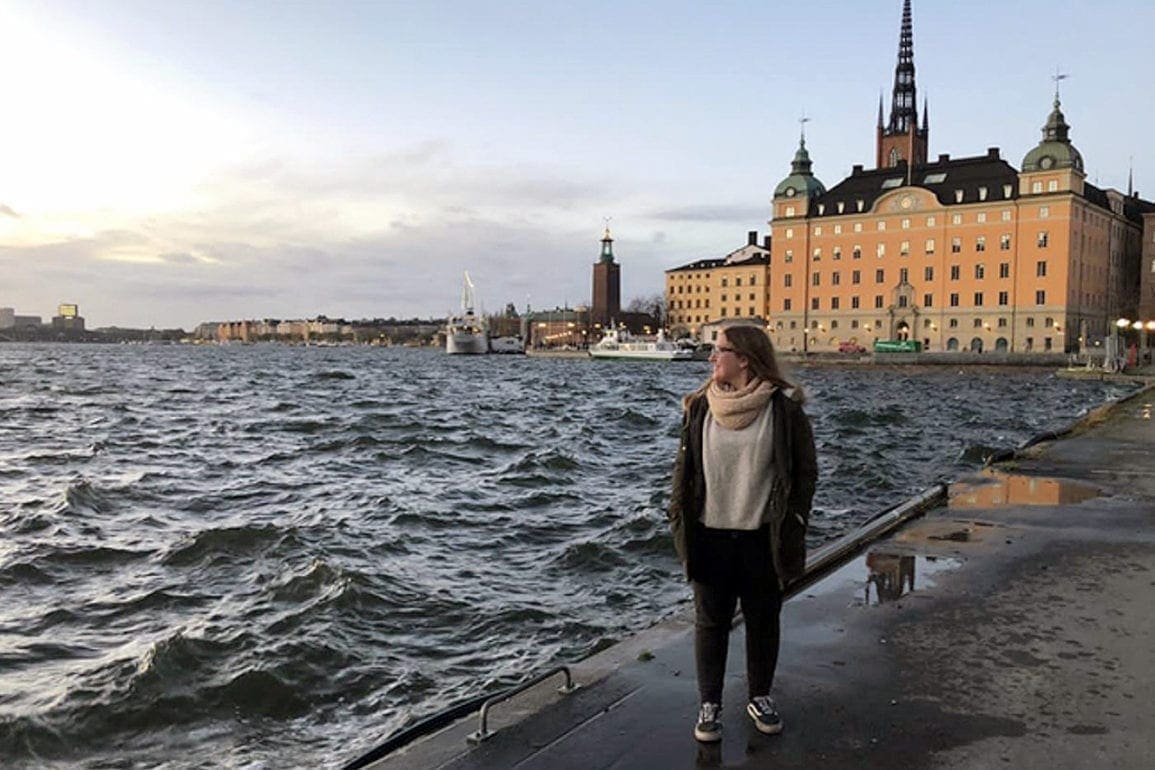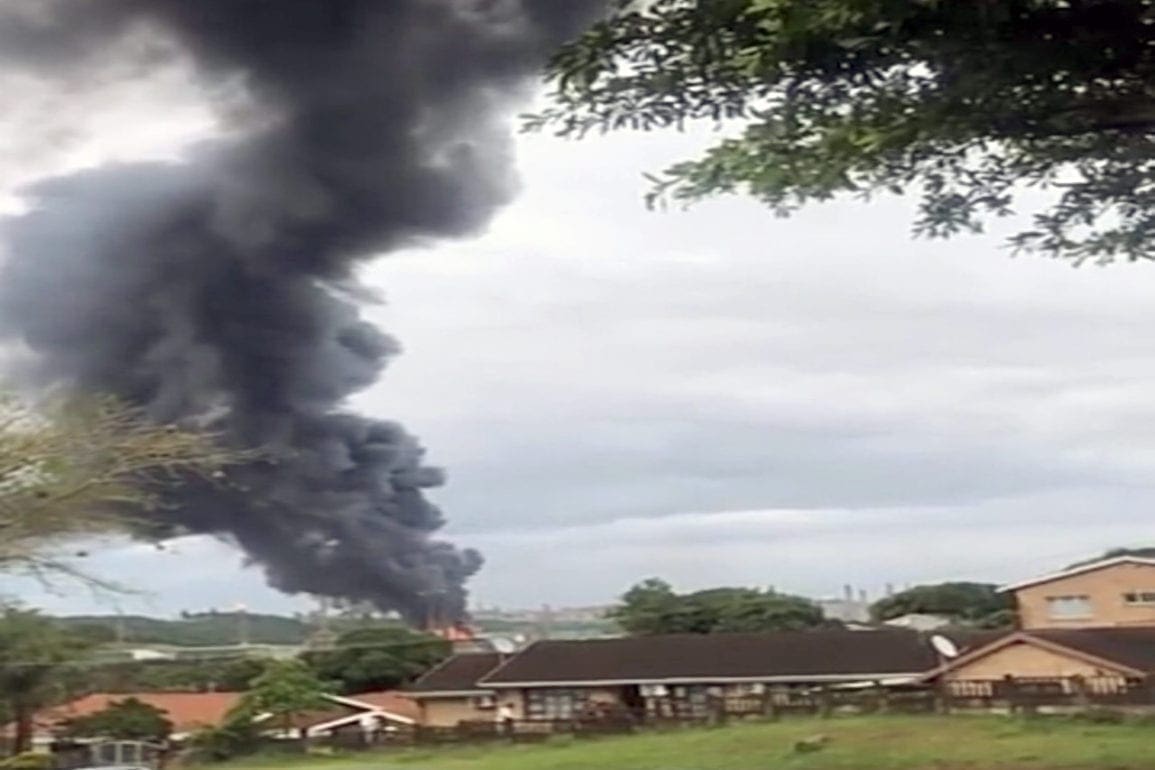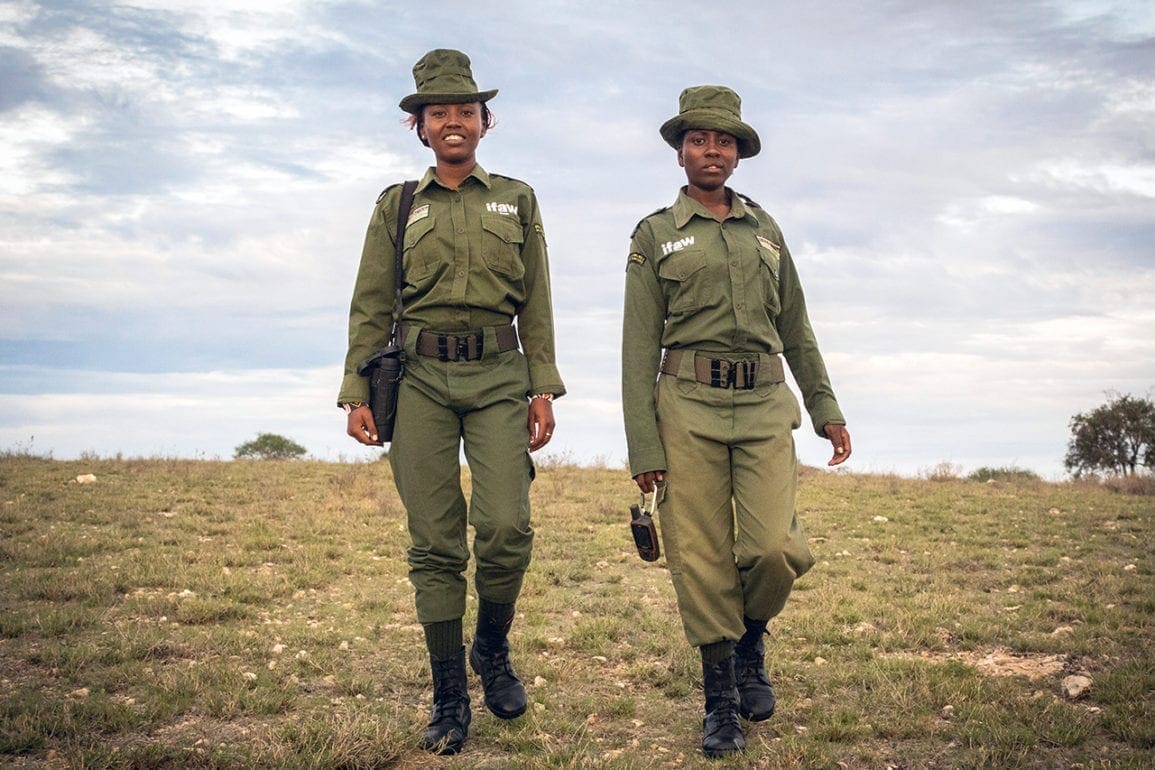Town submerged underwater for a quarter century, man lives alone amongst its ruins
A sense of helplessness filled the air as I heard the screams and saw the tears. The 1,500 inhabitants of Epecuén took whatever they could. I watched as they tried to find their way out holding their belongings.
- 2 years ago
October 28, 2022













EPECUÉN, Argentina ꟷ The elite of Argentina once visited [my childhood] village of Epecuén. They claimed the waters of the lagoon boasted medicinal properties comparable to the Dead Sea. Popular chronicles assured visitors if they entered the water with a cane, they would emerge healed.
Thousands of people visited from all over the country, until the day tragedy unleashed. I remember it clearly. On November 10, 1985, a few days after the start of the strong summer season, an embankment collapsed. [The waters from the Laguna Epecuén flooded the village rapidly, submerging the entire town for over 25 years.]
A quarter century later, the water level began to drop and recede. It revealed a place of dyed white, ruins similar to a war zone, and the ghosts of the past. I could not allow such a place to be left alone and forgotten.
Townspeople of Epecuén flee frantically as waters rush over their homes
I witnessed the birth, glory, agony, death, and resurrection of my beloved Villa Epecuén.
As a young man, my father left his birthplace of Odesa, Ukraine to escape harsh military service. He traveled for two years as a stowaway to get to Argentina where he met my mother, Paulina Olsman. A hard-working family, I vividly recall selling eggs as a small child.
Read about more unique cultural and tourist sites throughout the world at Orato World Media.
Over time, I learned my father’s trade and helped build bricks. Looking around the town today, amidst the rubble of infrastructure, Novak bricks lay everywhere. In 1978, the Hydraulic Directorate built a horseshoe embankment to protect the Villa. The five-meter-high artificial barrier allowed us to work for many seasons.
It seemed to address a problem. In our sector, water came in but had no way out. On that fateful day in November 1985, tragedy unleashed. The embankment collapsed and hypersaline water advanced toward us in a threatening manner. Chaos ensued.
We had no controlled evacuation plan and people began running with no direction. A sense of helplessness filled the air as I heard the screams and saw the tears. The 1,500 inhabitants of Epecuén took whatever they could. I watched as they tried to find their way out holding their belongings.
Man returns to the ruins of his childhood home, watches a new type of tourism emerge
In 16 days, entire families abandoned everything they had, looking on helplessly as the waters – once our sustenance and joy – became an enemy impossible to fight.
[When the waters receded and Epecuén reemerged more than 25 years later] I looked on with nostalgia. My treasured memories reminded me of my love for my hometown. I could not leave it’s warmth and beauty behind, so I decided to return.
I settled down about 600 meters from the welcome gate to the ruins. Once there, I rode my bicycle to Carahué to stock up on food and other items while enjoying the sun and the trails. Twice I had to leave Epecuén – once after an accident that left me hospitalized and then during the worst of the COVID-19 Pandemic.
I am once again living alone in my beloved hometown. Slowly, the ruins attracted the attention of photographers and tourists. They felt fascinated by its history and unique landscapes. Today, Villa Epecuén serves as a tourist destination. I have been here to witness the ride. This time, it gained popularity not for its miraculous waters and beauty, but for its past and the remains of its ruins.
Photos of Epecuén courtesy of Jaime Andrés Olivos. Photos of Pablo courtesy of Nai Pronsati.





